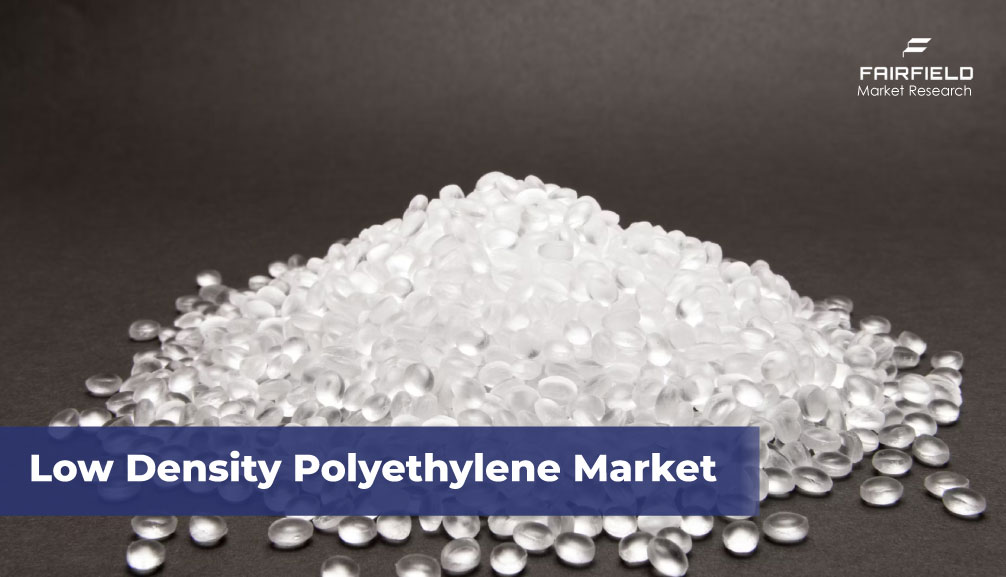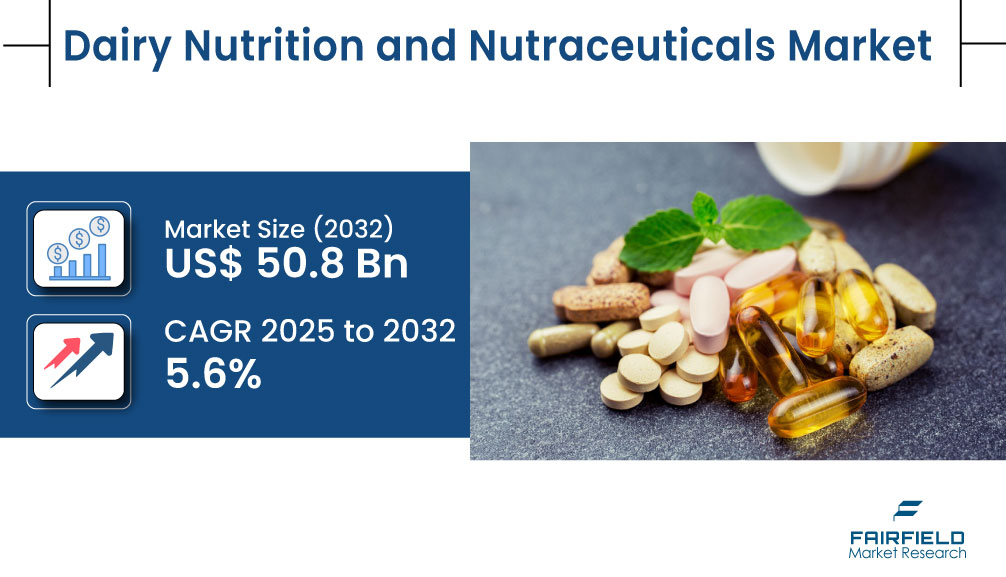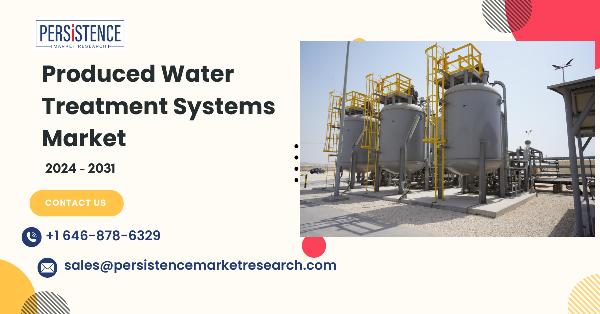 Brand Mentions + PR – Rank Higher. Get Talked About!
Brand Mentions + PR – Rank Higher. Get Talked About!
What are precast construction unique properties and advantages?
Written by mihir » Updated on: June 17th, 2025 172 views

Precast construction is a method of building that involves creating concrete components in a controlled environment before transporting them to the construction site for assembly. This approach offers numerous unique properties and advantages that make it a popular choice for a wide range of construction projects. This comprehensive overview explores the distinctive characteristics and benefits of precast construction, highlighting why it is an increasingly favored method in the industry.
For More Industry Insight: https://www.persistencemarketresearch.com/market-research/precast-construction-market.asp
1. Precision and Quality Control
Manufacturing in Controlled Environments: One of the most significant advantages of precast construction is the ability to manufacture components in a controlled factory setting. This environment allows for precise control over the mix design, curing conditions, and quality of the concrete. As a result, precast components exhibit consistent quality and performance, reducing the variability often associated with on-site concrete pouring.
Advanced Technology and Automation: The use of advanced technology and automation in precast manufacturing further enhances precision. Automated systems for mixing, molding, and curing ensure that components are produced to exact specifications. Technologies such as Computer Numerical Control (CNC) machining and 3D printing enable the creation of intricate designs and complex shapes with high accuracy.
2. Speed and Efficiency
Reduced Construction Time: Precast construction significantly accelerates the building process. Since components are produced off-site while site preparation and foundations are underway, the overall construction timeline is shortened. The speed of assembly on-site is also enhanced, as precast elements are quickly positioned and secured, minimizing the time spent on formwork and curing.
Streamlined Construction Processes: The use of precast components simplifies the construction process. Pre-manufactured elements reduce the need for on-site concrete mixing, formwork, and curing, which can be labor-intensive and time-consuming. This streamlining leads to faster project completion and reduced labor costs.
3. Durability and Strength
Enhanced Structural Performance: Precast concrete components are engineered to meet high standards of durability and strength. The controlled manufacturing process ensures that the concrete mix achieves optimal density and uniformity, resulting in components that are resistant to weathering, corrosion, and other environmental factors. Precast elements are often designed to withstand heavy loads and provide long-lasting structural integrity.
Fire Resistance: Precast concrete is inherently fire-resistant due to its dense composition and thermal properties. This makes it an excellent choice for buildings that require enhanced fire protection. Precast components can help prevent the spread of fire and maintain structural stability in the event of a fire.
4. Design Flexibility
Customizable Aesthetics: Precast construction offers a high degree of design flexibility, allowing for a wide range of aesthetic options. Components can be customized with various textures, colors, and finishes to achieve the desired architectural look. This versatility is particularly valuable for creating distinctive facades, decorative elements, and complex architectural features.
Adaptability to Different Project Types: Precast components can be tailored to suit various types of construction projects, from residential buildings to commercial and industrial structures. The ability to create custom shapes and sizes allows for innovative design solutions and adaptability to specific project requirements.
5. Sustainability and Environmental Benefits
Reduced On-Site Waste: The precast construction process minimizes waste generation on-site. Since components are manufactured off-site, there is less need for on-site formwork, mixing, and disposal of excess materials. This reduction in waste contributes to a more sustainable construction process and lowers the environmental impact of the project.
Energy Efficiency: Precast concrete offers excellent thermal insulation properties, which can contribute to energy-efficient buildings. Insulated precast panels help regulate indoor temperatures, reducing the need for heating and cooling and improving the overall energy performance of the building.
Recyclable Materials: Many precast components incorporate recycled materials, such as crushed concrete or industrial by-products, into the mix design. This practice supports the circular economy and reduces the demand for virgin materials, further enhancing the sustainability of precast construction.
6. Cost-Effectiveness
Reduced Labor Costs: The use of precast components can lead to lower labor costs due to the reduced need for on-site construction activities. The streamlined assembly process and minimized formwork requirements contribute to cost savings on labor and site management.
Long-Term Durability and Maintenance: Precast components are designed for durability and low maintenance, which can result in cost savings over the lifespan of the building. The reduced need for maintenance and repairs translates to lower long-term costs and a higher return on investment.
7. Safety and Risk Management
Improved Site Safety: The use of precast components enhances safety on the construction site. By reducing the need for on-site concrete mixing and curing, the risk of accidents related to these activities is minimized. Additionally, the controlled manufacturing environment of precast elements reduces the potential for site-related safety issues.
Reduced Exposure to Weather Conditions: Precast construction is less affected by adverse weather conditions compared to traditional on-site pouring methods. Since components are produced in a controlled factory environment, weather-related delays and issues are minimized, leading to a more predictable construction schedule.
8. Enhanced Performance and Longevity
Consistency in Quality: Precast components benefit from the consistent quality achieved through controlled manufacturing processes. This uniformity ensures that each component performs reliably and meets the required structural and aesthetic standards.
Long-Term Performance: The durability and strength of precast concrete contribute to its long-term performance. Precast components are designed to withstand environmental stresses and maintain their structural integrity over time, resulting in a building that performs well throughout its lifespan.
Note: IndiBlogHub features both user-submitted and editorial content. We do not verify third-party contributions. Read our Disclaimer and Privacy Policyfor details.
Copyright © 2019-2025 IndiBlogHub.com. All rights reserved. Hosted on DigitalOcean for fast, reliable performance.

















